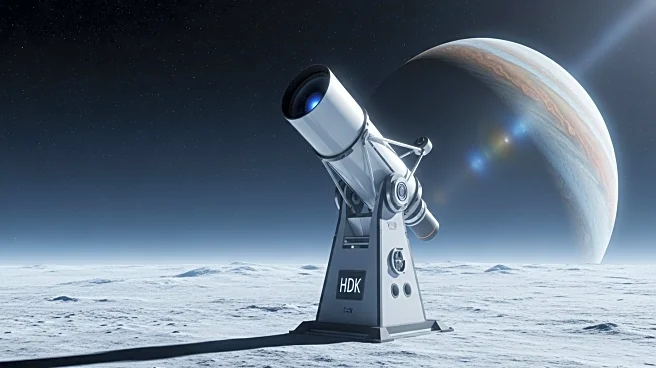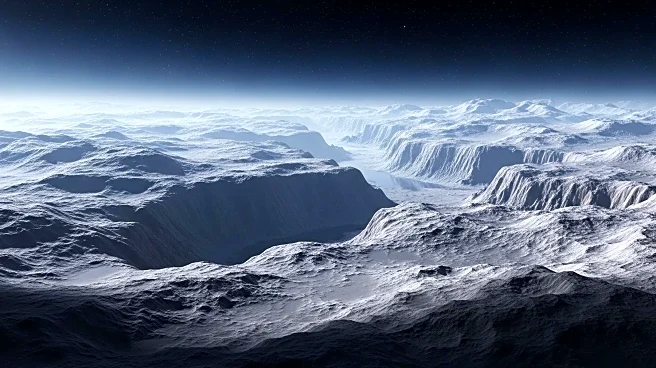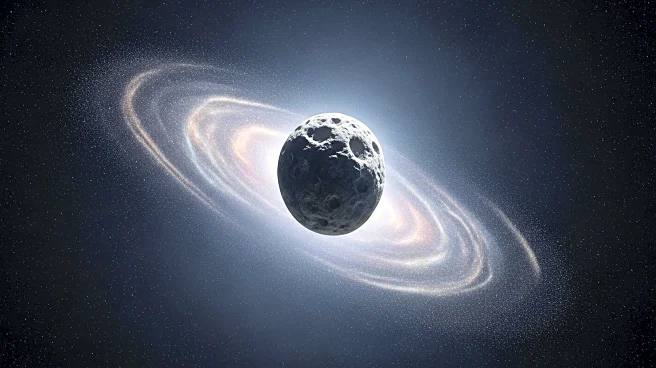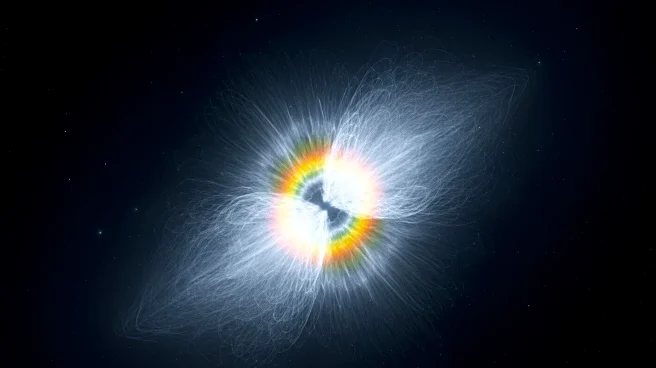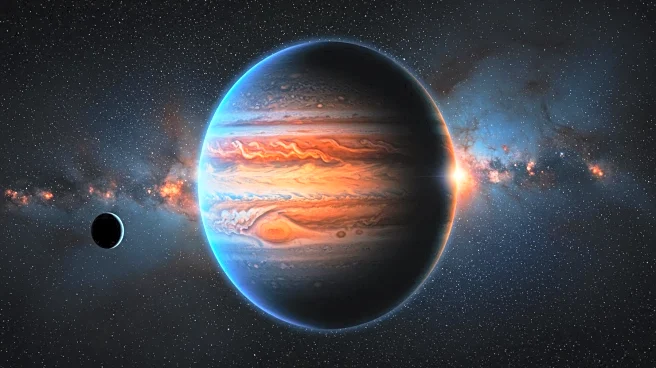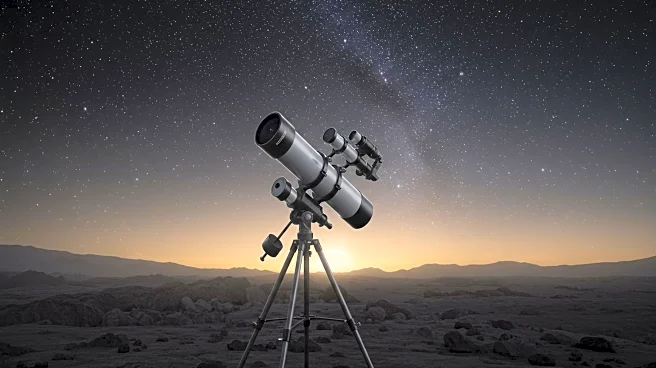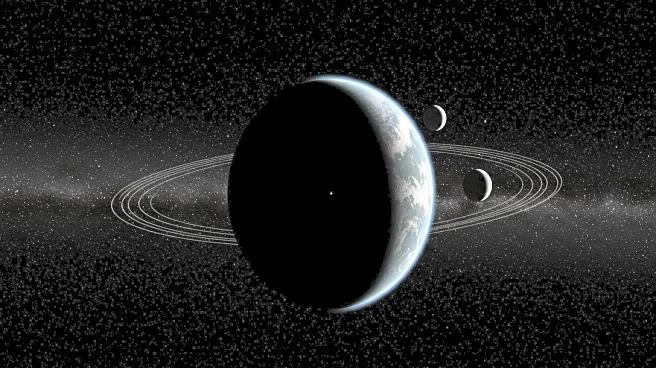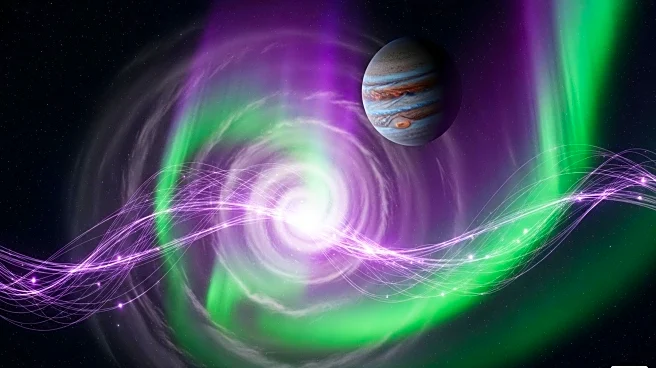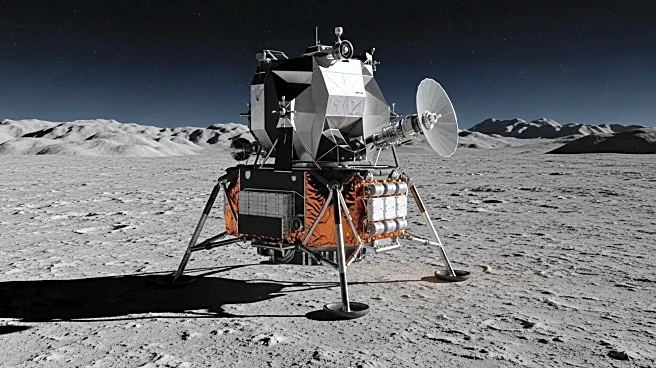What's Happening?
Scientists have been puzzled by Jupiter's 'dilute core,' a region without sharp boundaries, as revealed by NASA's Juno spacecraft. This core structure contrasts with the expected distinct rocky center surrounded by gas layers. Researchers from Durham University, NASA, SETI, and the University of Oslo conducted simulations using the DiRAC COSMA supercomputer to test the theory that a massive collision caused this core structure. However, the simulations showed that such an impact would result in a sharp boundary between the core and outer layers, contrary to observations. The study suggests Jupiter's core formed gradually as the planet absorbed materials during its formation.
Why It's Important?
Understanding Jupiter's core formation is crucial for planetary science, as it challenges existing theories about giant planet formation. The findings imply that dilute cores may form gradually rather than through rare catastrophic events, affecting how astronomers interpret the structure of similar planets in other star systems. This research could reshape our understanding of planetary evolution and the processes that govern the formation of gas giants, impacting future studies of exoplanets and their potential habitability.
What's Next?
The study opens new avenues for research into planetary formation, suggesting that scientists should focus on gradual processes rather than singular events. Further observations and simulations may explore the implications for other gas giants like Saturn, which also exhibits a dilute core. Researchers may investigate the role of material absorption during planet formation, potentially revising models of planetary evolution in our solar system and beyond.
Beyond the Headlines
The gradual formation theory of Jupiter's core may influence the search for life on exoplanets, as understanding the internal structure of gas giants can provide insights into their atmospheres and potential for supporting life. This research highlights the complexity of planetary formation and the need for interdisciplinary approaches combining astronomy, physics, and computer science.


